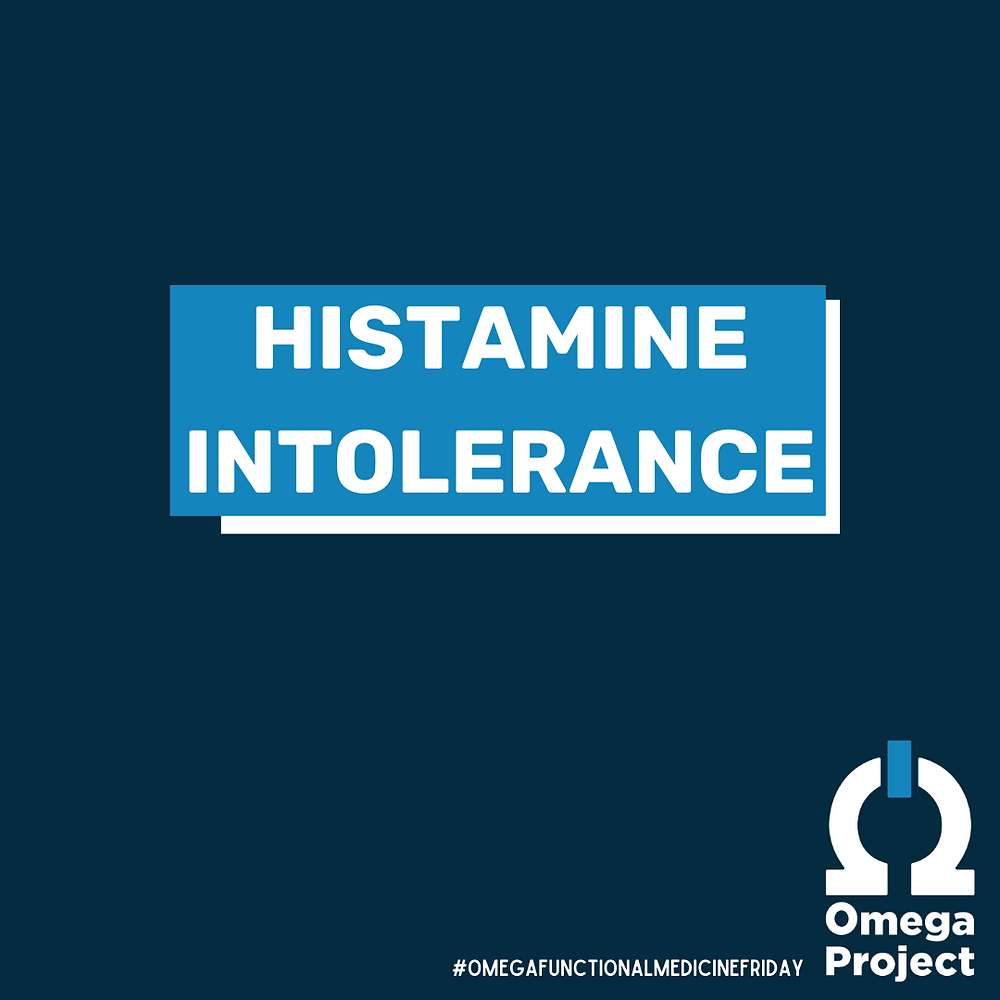I’m sure many have you have either taken an antihistamine or at least have heard about them. Antihistamines are substances that treat allergy symptoms by blocking the effects of histamine (the allergic reaction) on the whole body.
Antihistamines can be very effective when dealing with seasonal allergies, but while taking a pill or capsule doesn’t address the root cause of what is causing these symptoms and may cause unwanted side effects.
So what actually is histamine?
Histamine is a chemical messenger that is produced by the body typically associated with allergy type symptoms. Histamine also plays more roles within the body; some of these roles are associated with digestion, blood pressure regulation and hormone balance.
When the body is functioning properly, it can rid itself of the histamine. However there are some individuals that may struggle with this common breakdown of histamine due to pollen, leaky gut, hormones, diet and even genetics. When the body is unable to effectively remove histamine, this is where symptoms may occur. Symptoms can vary greatly, but some may include typical allergy symptoms, fatigue, anxiety, and even irregular menstrual cycles.
So what are some things you can do? Anti-histamine Foods!
No single food will match the strength of the over-the-counter drugs, they do provide nutrients, antioxidants and extracts that contain the natural antihistamine properties.
Vitamin C
Vitamin C is a very common and well-known nutrient to strengthen the immune system and reduce inflammation. Vitamin C is also required to produce the necessary enzymes for the process of histamine breakdown, making it a vital anti-histamine nutrient.
Some great food options including the highest amounts of Vitamin C:
- Oranges
- Red/Green bell pepper
- Broccoli
- Strawberries
- Brussel Sprouts
- Grapefruit
Bromelain
Bromelain is a natural plant enzyme found in pineapple! This enzyme is said to possess antihistamine properties. Along with all the nutrients pineapple contains (and being delicious), this anti-histamine food may be more effective for histamine intolerance when taking in a larger dose (found in supplement form).
Some foods with anti-histamine properties include:
- Apples
- Onions
- Pineapple
- Parsley
- Blueberries
- Olive Oil
So what about a low histamine diet?
While anti-histamine foods have great properties to reduce histamine release and promote proper breakdown, the most effective diet is a low-histamine diet. Many foods contain some level of histamine. The levels of histamine tend to increase in leftovers, fermented foods, and some certain alcohol beverages.
Some foods to avoid during a low-histamine diet include but not limited to:
- Canned meats/fish
- Vinegar
- Tomatoes
- Ketchup
- Spinach
- Avocados
Almost all fresh meat/fish, fruits, vegetables, nuts/seeds are safe on a low histamine diet. It’s also best to try to eat your leftovers within 24 hours or less to limit the histamine content. Cooking at home is also the most effective way to control the high-histamine ingredients. A low-histamine diet is not a meant to be followed long-term. It is meant to act as an “elimination diet” to help you determine your own histamine tolerance.
Digging Deeper
If you suspect that your symptoms may be triggered by histamine, you will want to dig deeper to further investigate the possible root cause(s). There is not an overall test to diagnose histamine reactions, it becomes very important to rule out other health conditions first.
Thinking your symptoms may be related to histamine, schedule a Free Discovery session to discuss how we may be able to help you!

